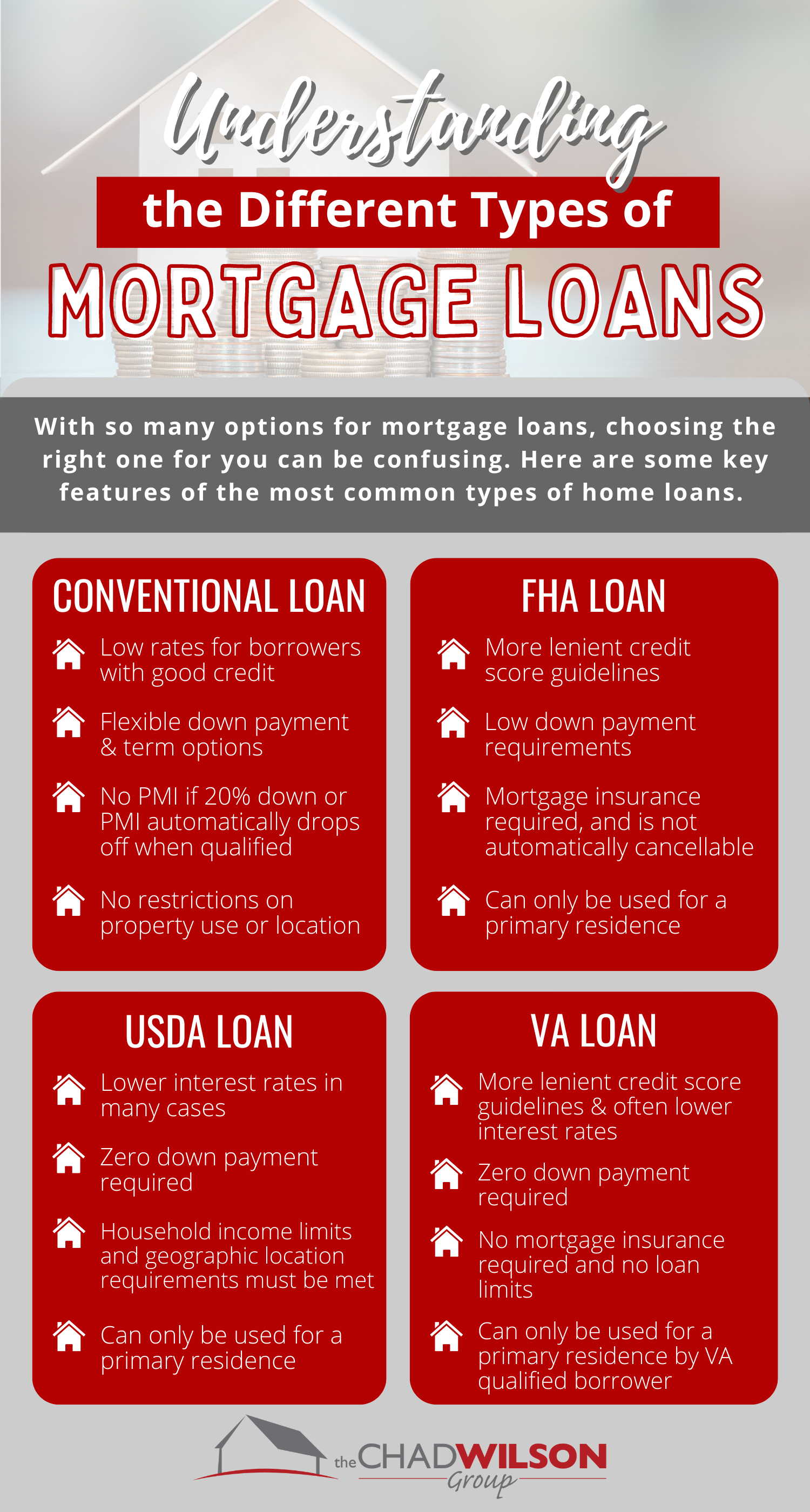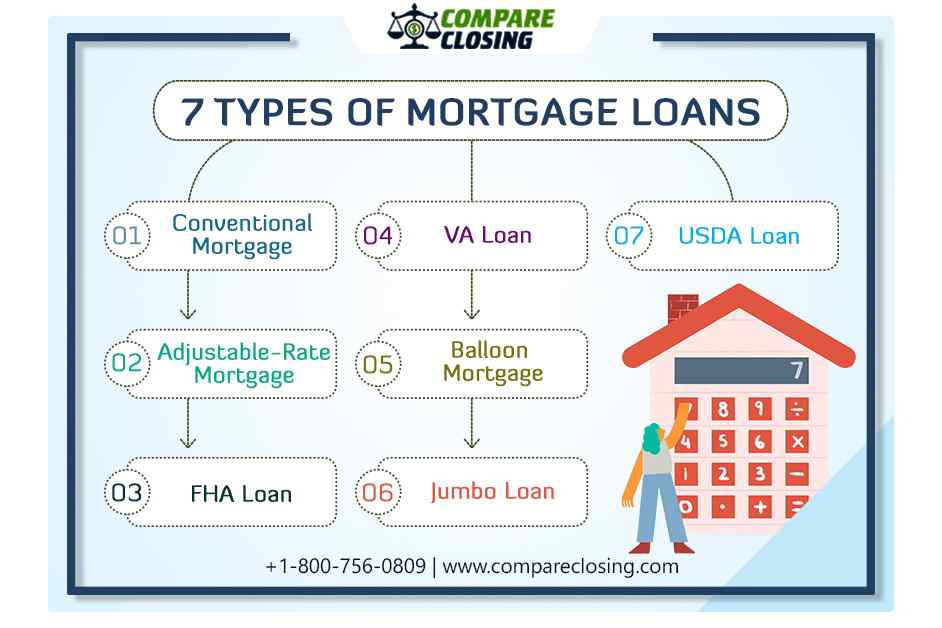Conventional Mortgage Loans: Just How They Contrast to Other Car Loan Options
Conventional Mortgage Loans: Just How They Contrast to Other Car Loan Options
Blog Article
The Crucial Factors to Consider When Choosing Between Fixed-Rate and Adjustable-Rate Home Mortgage Finances
When reviewing home mortgage alternatives, borrowers encounter a critical decision between adjustable-rate and fixed-rate fundings, each offering unique benefits and possible mistakes. Trick considerations such as interest rate stability, predictability in month-to-month repayments, and the ramifications of prospective price adjustments can considerably impact lasting economic health. Recognizing the expected duration of homeownership and the overall price of loaning can shape one's approach. As these variables intertwine with private economic circumstances and take the chance of resistance, the effects of this choice may not be as uncomplicated as they seem. What nuances should be focused on in this essential decision-making procedure?
Rate Of Interest Stability
When picking a mortgage, understanding rate of interest security is vital for educated decision-making. Rates of interest can dramatically influence the general cost of a home loan, and recognizing the nature of these prices is essential for consumers. Fixed-rate mortgages offer the benefit of consistent month-to-month payments over the life of the lending, shielding debtors from market changes. This stability allows homeowners to plan their financial resources with better certainty, as they will not be influenced by climbing rates of interest.
On the other hand, variable-rate mortgages (ARMs) start with reduced first rates that might alter regularly based upon market problems. While this can cause reduced settlements originally, it additionally presents unpredictability, as debtors might deal with enhanced payments if rate of interest increase. For those considering an ARM, it is vital to assess the probability of rate changes, the capacity for payment increases, and the length of the first fixed-rate duration.
Ultimately, the option between fixed-rate and adjustable-rate home loans pivots on individual risk tolerance and economic circumstances. Recognizing rates of interest stability aids debtors make educated decisions that line up with their lasting financial objectives.
Monthly Settlement Predictability
While borrowers often focus on rates of interest stability, the predictability of regular monthly payments is just as crucial in the home mortgage selection process (Conventional mortgage loans). Month-to-month settlement predictability plays a vital duty in budgeting and economic planning, as it straight impacts a homeowner's cash money circulation and overall financial wellness
Fixed-rate home loans supply a constant month-to-month settlement throughout the life of the funding, enabling debtors to anticipate and plan their expenditures efficiently. This stability can be particularly advantageous for new homebuyers or those on a set income, as it eliminates the unpredictability connected with changing settlements.
On the other hand, adjustable-rate mortgages (ARMs) generally include reduced preliminary repayments that can change in time, causing potential irregularity in month-to-month responsibilities. While initially attractive, this changability can make complex monetary preparation, particularly if consumers do not make up future price changes.
Potential Rate Modifications
In the world of adjustable-rate mortgages (ARMs), potential rate adjustments represent a considerable factor that borrowers need to carefully consider. Unlike fixed-rate home mortgages, where the rate of interest remains unchanged for the life of the loan, ARMs are characterized by rising and fall rate of interest that are tied to market indices. This variability can lead to considerable adjustments in regular monthly settlements, affecting the borrower's economic preparation and budgeting.
Borrowers have to be conscious of the margin and index utilized to calculate these changes, as they directly influence future passion prices. In addition, ARMs frequently include caps that restrict how a lot the rate of interest price can enhance at each change and over the life of the funding, which can give some level of protection against extreme price walkings.
Understanding these potential adjustments is critical for debtors, as they directly affect long-lasting repayment responsibilities. Assessing individual financial scenarios and run the risk of tolerance is important when determining whether an ARM lines up with one's financial objectives.
Loan Term Considerations
Finance term considerations play a pivotal duty in the decision-making procedure for customers choosing between fixed-rate and adjustable-rate mortgages. The size of the loan term considerably impacts monthly repayments, rate of interest, and total financial planning. Fixed-rate mortgages generally provide regards to 15 to thirty years, supplying security in regular monthly settlements and predictability in budgeting. This can be particularly appealing for debtors who intend to remain in the exact same home long-lasting and favor the assurance of set settlements home throughout the life of the lending.

Ultimately, borrowers need to assess their personal circumstances, financial goals, and market conditions when weighing the effects of loan term choices within each mortgage type.

Overall Price of Borrowing
Fixed-rate home loans provide foreseeable monthly payments, as the rate of interest price remains consistent throughout the finance term. This predictability can lead to reduced total prices, specifically in a stable or decreasing rate of interest price setting.
Conversely, adjustable-rate mortgages (ARMs) usually begin with lower preliminary rates, causing reduced in advance costs. Nevertheless, these prices can enhance after an initial duration, causing potentially greater long-term costs. Borrowers need to take into consideration the regularity and extent of price adjustments, along with the overall financing duration, to properly evaluate the financial effects.
Additionally, the overall price of borrowing includes not only rates of interest yet additionally fees and other connected prices, such as closing expenses and insurance coverage (Conventional mortgage loans). When examining home mortgage choices, consumers need to conduct an extensive cost analysis over the life of the car loan. By doing so, they can make an educated choice that straightens with their financial objectives and risk resistance
Final Thought
Finally, choosing between adjustable-rate and fixed-rate home loan financings demands mindful consideration of several important elements. Rate of interest rate stability and regular monthly payment predictability are vital for effective budgeting, while the possibility for rate modifications in ARMs presents financial uncertainty. Additionally, the anticipated period of homeownership and the general price of loaning, consisting of rate of interest rates and linked charges, have to straighten with private monetary situations and take the chance of tolerance. Such a detailed evaluation will certainly facilitate enlightened decision-making in mortgage choice.
Key factors to consider such as interest rate security, predictability in monthly settlements, and the ramifications of prospective rate changes can substantially influence long-term economic health. Passion prices can dramatically affect the general price of a home mortgage, and identifying the nature of these rates is click to read essential for borrowers. Unlike fixed-rate home loans, where the rate of interest price continues to be the same for the life of the car loan, ARMs are like it identified by rising and fall interest prices that are connected to market indices. Additionally, ARMs often include caps that limit exactly how much the interest price can increase at each adjustment and over the life of the lending, which can supply some level of security against drastic rate hikes.
Interest price stability and month-to-month payment predictability are extremely important for reliable budgeting, while the possibility for rate changes in ARMs introduces financial uncertainty.
Report this page